BZBox, a unique foldable and reusable packing box, made quite a splash when it debuted on Shark Tank. The innovative product, created by entrepreneur Kaeya Majmundar, quickly caught the attention of many, including Shark Lori Greiner.
However, the journey of BZBox post-Shark Tank has been a rollercoaster ride. Despite an initial surge in sales, BZBox faced significant challenges, leading to its eventual closure. This article delves into the intriguing journey of BZBox, exploring what happened after its Shark Tank appearance, and the subsequent ventures of its ambitious founder.
What Is BZBox?
BZBox is a collapsible, reusable packing box [1]. This innovative product was designed to simplify the process of packing and moving, offering a more sustainable and convenient alternative to traditional cardboard boxes.
How Does It Work?
BZBox represents a revolutionary approach to storage, offering a collapsible and user-friendly solution. Its distinct design enables effortless folding and unfolding, eliminating the necessity for tape or additional tools.
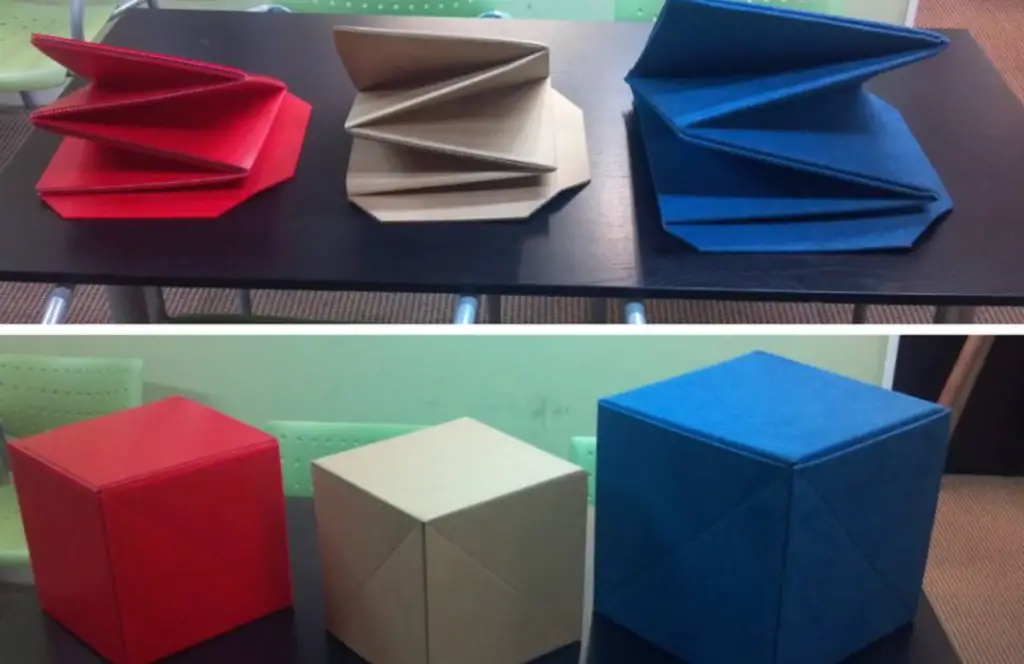
Crafted from robust, water-resistant, and environmentally friendly materials, BZBox is engineered to endure wear and tear, rendering it suitable for both temporary and extended storage requirements.
The collapsible structure permits the box to be compactly folded when not in use, optimizing space and ensuring hassle-free storage. BZBox is dedicated to injecting both enjoyment and practicality into your living area while preserving orderliness and eliminating clutter [3].
Pros:
- Innovative Concept: The idea behind BZBox is innovative and addresses a real problem. It offers a more sustainable and convenient alternative to traditional cardboard boxes;
- Reusable: BZBox’s reusability makes it an eco-friendly choice, contributing to waste reduction;
- Collapsible: The collapsible design of the BZBox makes it easy to store when not in use, saving space;
Cons:
- Manufacturing Cost: The high manufacturing cost of the original BZBox design made it difficult to scale the business and remain competitive;
- Customer Satisfaction: BZBox received mixed reviews from customers, with some raising concerns about its durability and practicality;
- Business Sustainability: Despite the initial hype and sales boost post-Shark Tank, BZBox couldn’t sustain its business in the long run;
About the Founders Of BZBox
Kaeya accepted the task, but as she tried to lift one of the boxes, its contents spilled out, creating quite a mess. This unfortunate incident led to a day of re-packing her roommate’s belongings. Determined to find a solution, Kaeya embarked on her journey to innovate the BZBox.
Before their captivating appearance on Shark Tank, both BZBox and its visionary founder, Kaeya Majmundar, embarked on a journey characterized by diligent groundwork and innovation.
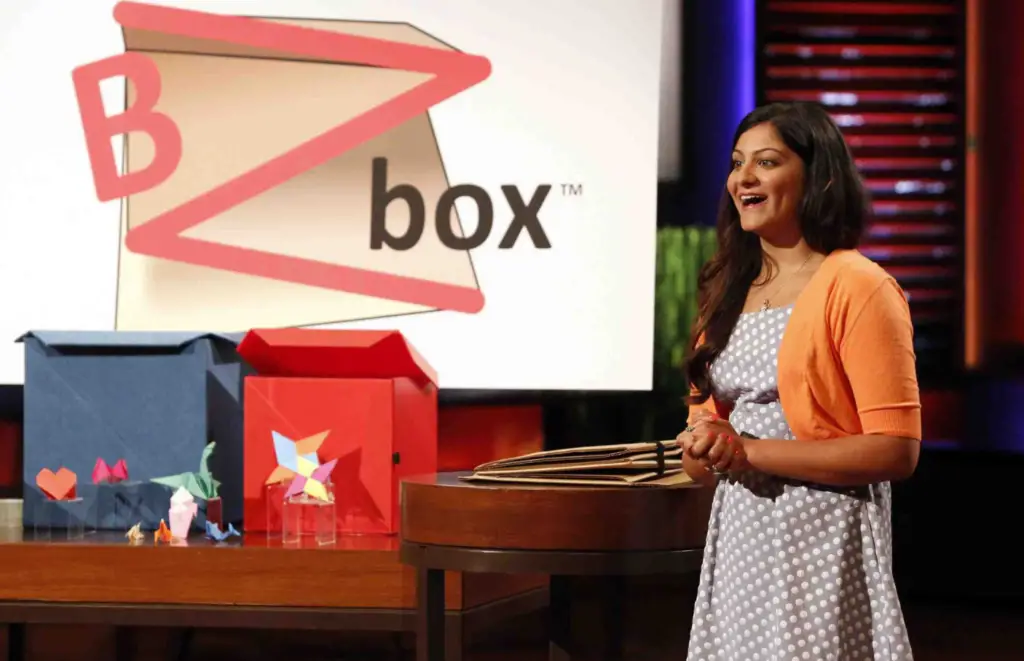
The spark of inspiration for BZBox ignited from a personal experience where Majmundar personally encountered the inefficiencies and hassles associated with conventional cardboard boxes while assisting a friend in the moving process.
She astutely recognized this challenge as an opportunity and set out to create a solution – a reusable, durable, and easily collapsible box, christened as BZBox.
Majmundar delved into the process of prototyping and refining her product, dedicating considerable time to ensure the functionality and efficiency of her inventive design [5].
Seeking feedback and guidance from mentors and peers, she showcased the entrepreneurial spirit that would eventually captivate the investors on Shark Tank.
Before its highly-anticipated national television debut, BZBox achieved a significant milestone by clinching victory at the Emory University Entrepreneurship Summit Elevator Pitch Competition in 2013. This win not only validated Majmundar’s concept but also provided initial exposure and recognition for her innovative idea.
This success furnished BZBox with a modest degree of momentum, bolstering its credibility and presence within the marketplace.
Nonetheless, like many startups, BZBox encountered its share of challenges. Despite its ingenious design and practical utility, attaining broad-scale recognition and acceptance proved to be an arduous endeavor.
The resources required for mass production and comprehensive marketing were limited, and while the potential was evident, BZBox remained in its nascent stages, necessitating substantial financial support and business acumen to facilitate scaling.
This imperative need for growth and expansion ultimately steered Majmundar to the decision to present her burgeoning business on the prominent platform of Shark Tank.
The Pitch Of BZBox At Shark Tank
To make her point, Kaeya challenges Robert to a “race,” knowing his fondness for racing [6]. The challenge is simple: Robert will assemble a traditional box that one might buy from a typical hardware store, while Kaeya will put together her innovative BZBox. As Mark initiates the countdown, they commence the assembly race.
However, Robert seeks clarification and instructions on the task at hand. Kaeya playfully remarks that Robert has likely never assembled a box before, drawing laughter from the other four Sharks who find it to be an accurate statement.
Mark starts the countdown, and before Robert can even pick up the box, Kaeya deftly unfolds the cardboard crunch in front of her. Robert, in contrast, struggles with the traditional box assembly. When Robert requests Kaeya to demonstrate the same step, she effortlessly folds the BZBox flat once more, showcasing its unique tab that allows for quick assembly and disassembly.
The BZBox’s flat pack design caters to anyone seeking a stackable, convenient, and space-saving storage solution.
Mark inquires if Kaeya has undertaken any marketing or advertising for BZBox, to which Kaeya responds that she is still a college sophomore and only conceived the idea for BZBox the previous year.
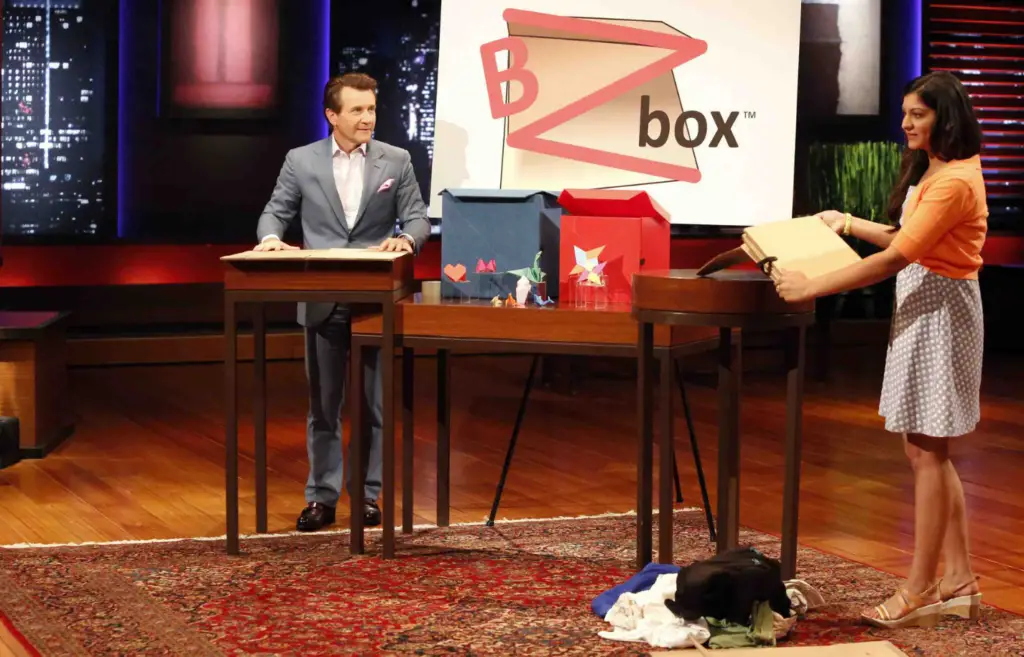
Robert, curious about the cost per box, learns from Kaeya that at a production volume of 10,000 units, a typical cardboard moving box costs around a dollar, while a BZBox would be approximately $ 1.75 [7]. Kaeya believes that with larger production volumes, the BZBox’s price will eventually match that of traditional cardboard boxes.
Kevin points out that he has experience selling cardboard boxes to consumers in storage facilities and mentions that they can be manufactured for as low as $ 0.56 in bulk. Barbara redirects the conversation to Kaeya’s background, where Kaeya shares that she grew up in a family of doctors.
Despite the stereotype, her parents initially discouraged her from pursuing her passion outside of medicine. However, Kaeya’s determination led her to participate in the collegiate entrepreneur competition, where she not only won but also gained her parents’ respect. She currently has a patent pending for her product.
Lori takes an interest in the other BZBox variants Kaeya has brought with her, particularly a red box. Lori examines the plastic box and notes that the velcro component, which enables the BZBox to fold flat, is quite costly. Kevin questions whether consumers would be willing to pay extra for the time-saving aspect of the BZBox, a sentiment echoed by Mark. Kaeya firmly believes that people would pay for time-saving convenience.
Robert inquires about potential applications of the BZBox, and Kaeya mentions that Lowe’s has shown interest in the product. A manager there expressed the desire to stock BZBoxes but did not provide specific details about quantities, pricing, or contract terms. Unfortunately, at that time, Kaeya was not yet in a position to fulfill such orders.
Kaeya continues, recounting a meeting in Chicago with the CEO of Schwarz Supply Store, who was enthusiastic about the product. The CEO promised to connect Kaeya with contacts, but Mark wants to know if the CEO specified how many units they would purchase and at what price. Kaeya shares that the CEO would buy tens of thousands of units, but the price had to be reduced to below a dollar per unit.
Mark explains that this indicates Schwarz doesn’t value the utility of the product more than their existing offerings, as they aren’t willing to pay more per unit for BZBoxes.
Kevin questions whether Kaeya has calculated the total volume of boxes required to reach the desired price of $ 0.56 per box [8]. Kaeya estimates that she would need about 400,000 units, which would require a total investment of $ 2.3 million to achieve affordable pricing.
Robert is the first Shark to exit, citing a lack of clarity on the problem that BZBox addresses. He acknowledges Kaeya’s accomplishments but believes that she may not be offering the right solution to a significant issue.
Mark interrupts Kaeya as she attempts to elaborate on the usefulness of BZBox, emphasizing that successful products are simple solutions to problems. He argues that the central problem Kaeya’s product addresses is time-saving, so she needs to find applications where time equates to money. Kevin shares his concerns about Kaeya’s receptiveness to advice, suggesting she needs to be open to guidance from experienced Sharks.
Kevin subsequently extends an offer of $ 50,000 for a 50% stake in the company, making him an equal partner. He emphasizes that the key challenge is reducing the production cost to $ 0.56 per unit, and that’s where he wants Kaeya to focus her efforts.
Lori, on the other hand, expresses her appreciation for the product and Kaeya’s efforts but feels that Barbara raised valid concerns about Kaeya’s entrepreneurial skills. Despite this, Lori is willing to make an offer of $ 50,000 for a 40% share of the business. She includes a contingent condition for working together to figure out the manufacturing aspect of the BZBox.
Kaeya accepts Lori’s offer without hesitation, finding a partnership with a Shark in Lori who appreciates her product and is willing to work together to bring BZBox to market.
BZBox After The Shark Tank
Greiner discerned the potential in Biz Box and decided to invest in the venture with the intent of refining the design. After their appearance on “Shark Tank,” the BZBox made significant adjustments. It bid farewell to the velcro, transitioning to a sleek, customizable cardboard box targeted at real estate professionals. Presently, it boasts a range of foldable cardboard containers that can be personalized for business promotion.
Furthermore, it offers sturdy plastic storage receptacles directly to consumers, which are presently accessible on Amazon.
At the time of Majmundar’s pitch on “Shark Tank,” she was a sophomore in college, seeking an experienced business partner to transform her innovation into a thriving enterprise. Throughout her presentation, she repeatedly emphasized her receptiveness to recommendations and enhancements. She heeded Greiner’s counsel, transforming her concept into a prosperous venture, though it is no longer her current objective.
After their “Shark Tank” stint, the BZBox experienced a favorable period. In 2015, Kaeya Majmunder established Kaeyos, Inc., a company that concentrated on the BZBox and introduced a product referred to as the ZipTank — a tank top that can be effortlessly transformed into a gym bag, laundry tote, shopping sack, or handbag within seconds. The ZipTank achieved recognition on “Project Runway,” but Majmunder soon moved on to fresh undertakings.
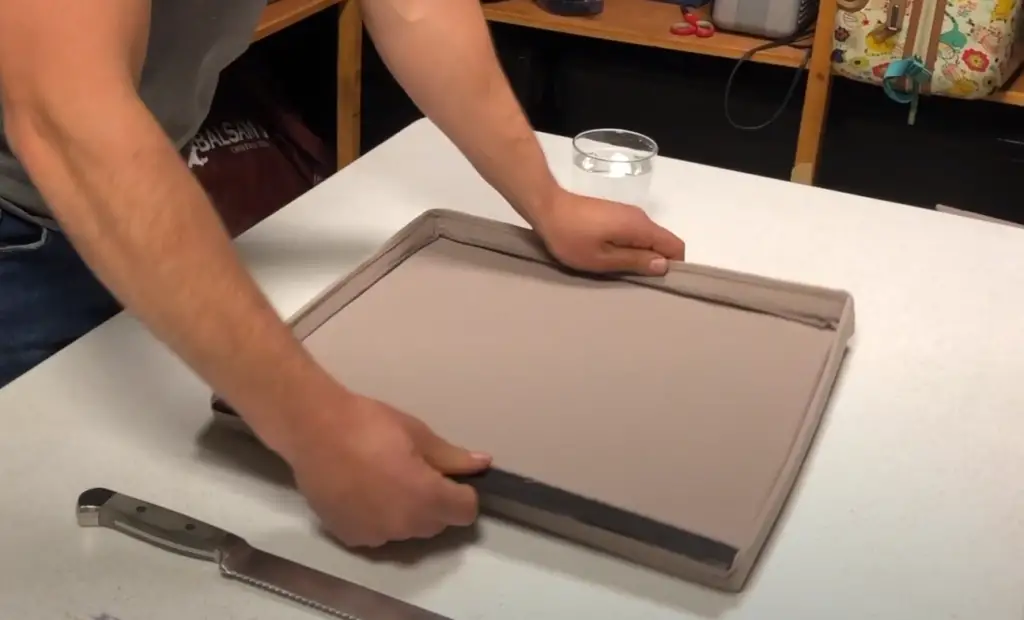
According to records from OpenCorporates, Kaeyos, Inc. ceased its operations in 2017, but the BZBox is still procurable on Amazon. Following this, Majmunder ventured into collaborations with numerous e-commerce brands connected to celebrities and influencers.
As per her LinkedIn profile, this phase of her career involved partnerships with several prominent figures, including NBA luminary Derrick Rose and comedian Steve Harvey, leading to the creation of viral marketing campaigns.
The immediate aftermath of the Shark Tank episode was quite promising for BZBox. Thousands of BZBoxes were sold within 48 hours of the show’s airing. The exposure that Shark Tank provided helped BZBox gain visibility and traction amongst consumers who were looking for a more sustainable and convenient option for their packing needs.
Despite the initial success, BZBox faced significant challenges down the line. One primary concern raised by the Sharks was the high manufacturing cost of the original BZBox design4. This issue hinted at potential scalability problems for the company, which unfortunately materialized later.
Customer reviews also reflected mixed feelings about the product. While some appreciated the concept and functionality of BZBox, others raised concerns about its durability and practicality. The product received an average customer rating of 3.1 out of 5 stars on Amazon, suggesting room for improvement.
The Net Worth Of BZBox
Alternatives To BZBox:
- Bankers Box SmoothMove Classic Moving Boxes: These boxes are built with strong, durable cardboard and feature handles for easy lifting. They are also designed to be reusable and recyclable, providing an eco-friendly alternative to traditional moving boxes;
- U-Haul Ready-To-Go Box: Made from sturdy plastic, these boxes are designed to be rented, reused, and returned, reducing waste and offering a cost-effective solution for those who move frequently;
- Life Story Clear Stackable Closet & Storage Box: This storage box is made of clear plastic, allowing users to easily see what’s inside. It’s perfect for organizing items at home or in storage facilities;
- The Container Store’s Weathertight Totes: These totes offer a waterproof and airtight seal, protecting belongings from moisture and pests. They’re great for storing items in basements, attics, or garages [11];
While BZBox offers a unique product that combines the best features of traditional cardboard boxes and plastic storage bins, these alternatives provide additional options for consumers to consider based on their specific needs and circumstances.
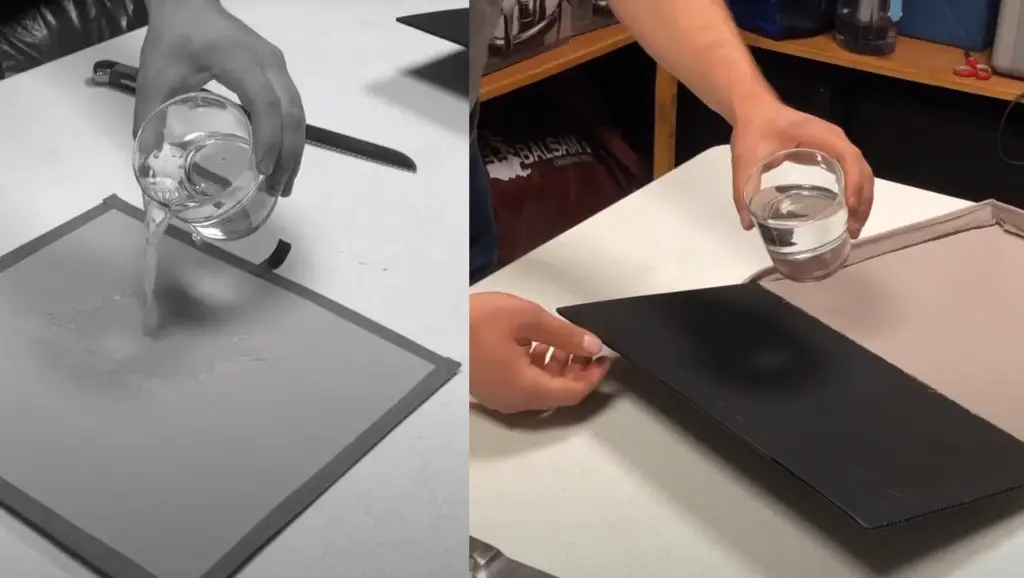
FAQ:
- How many Shark Tank winners succeed?
The exact number of successful Shark Tank deals is not publicly disclosed, but Barbara Corcoran estimated that about one in four of her Shark Tank investments were successful.
- What companies failed after Shark Tank?
While many companies have flourished after appearing on Shark Tank, others have struggled. Some noteworthy failures include Toygaroo (a toy rental service), Sweet Ballz (a cake ball company), and Hy-Conn (a manufacturer of fire hose connectors).
- Do Shark Tank deals fall through frequently?
Not all deals made on Shark Tank make it through due diligence and result in an investment. According to various sources, about half of the deals made on the show fall through during the due diligence process.
- Does Shark Tank still exist?
Yes, as of 2023, Shark Tank is still airing. The show debuted in 2009 and has aired nearly 300 episodes since then.
- Does Shark Tank invest?
Yes, the Sharks on the show do invest their own money into the businesses they choose. However, not all deals that are agreed upon during the show make it to completion. Often, deals can fall through during the due diligence process.
- What was the worst deal on Shark Tank?
It’s subjective to determine the “worst” deal on Shark Tank, as it depends on various factors such as financial loss, unrealized potential, or business failure. However, one often-cited example is Toygaroo, a toy rental service.
- Has anyone sold their entire company on Shark Tank?
Yes, there have been instances where entrepreneurs have sold their entire company on Shark Tank. For example, in Season 5, Stephan Aarstol sold 100% of his company, Tower Paddle Boards, to Mark Cuban for $ 150,000.
- How did Lori Greiner get rich?
Lori Greiner made her fortune by creating and selling innovative consumer products. She started with one idea for an earring organizer, which led to the development of a multi-million dollar international brand. She’s known as the “Queen of QVC” and has created over 400 products and holds 120 U.S. and international patents.

- Who made the most money in Shark Tank?
The most successful product in Shark Tank history is the Scrub Daddy, a versatile cleaning sponge. The company has made over $ 200 million in sales since Lori Greiner invested in it during Season 4.
- How many Shark Tank businesses have gone under?
The exact number of Shark Tank businesses that have failed is not publicly disclosed. However, according to various reports, not all businesses that secure deals on the show end up succeeding. Some notable examples include Toygaroo, Sweet Ballz, and Hy-Conn.
- Who turned down 4 million on Shark Tank?
In Season 6 of Shark Tank, Al “Bubba” Baker, a former NFL player, turned down a $ 4 million offer from Daymond John for his boneless ribs business, Bubba’s-Q Boneless Ribs.
Useful Video: BZbox: Quality Collapsible Storage from Shark Tank
References:
- https://www.looper.com/1001604/whatever-happened-to-bzbox-after-shark-tank/
- https://seoaves.com/what-happened-to-bzbox-after-shark-tank/
- https://bizzbucket.co/bzbox-shark-tank-update/
- https://gazettereview.com/bzbox-update-happened-shark-tank/
- https://www.sharktankblog.com/business/the-bzbox/
- https://www.sharktanksuccess.com/bz-box-reusable-moving-box/
- https://kirktaylor.com/bzbox-kaeya-majmundar-gets-shark-tank-deal-doesnt-need-money/
- https://2paragraphs.com/2018/04/bzbox-what-happened-to-collapsible-box-girl-after-shark-tank-2018/
- https://sharktanktales.com/bzbox-shark-tank-update/
- https://www.chicagotribune.com/business/blue-sky/chi-kaeya-majmundar-bzbox-shark-tank-bsi-20150107-story.html
- https://opiatalk.com/is-bz-box-still-in-business/

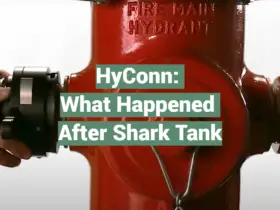
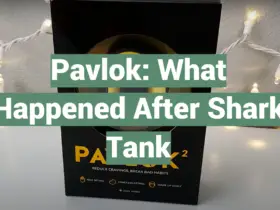
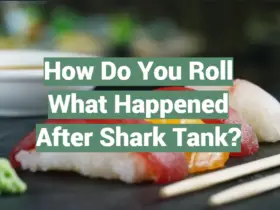
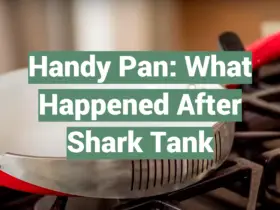
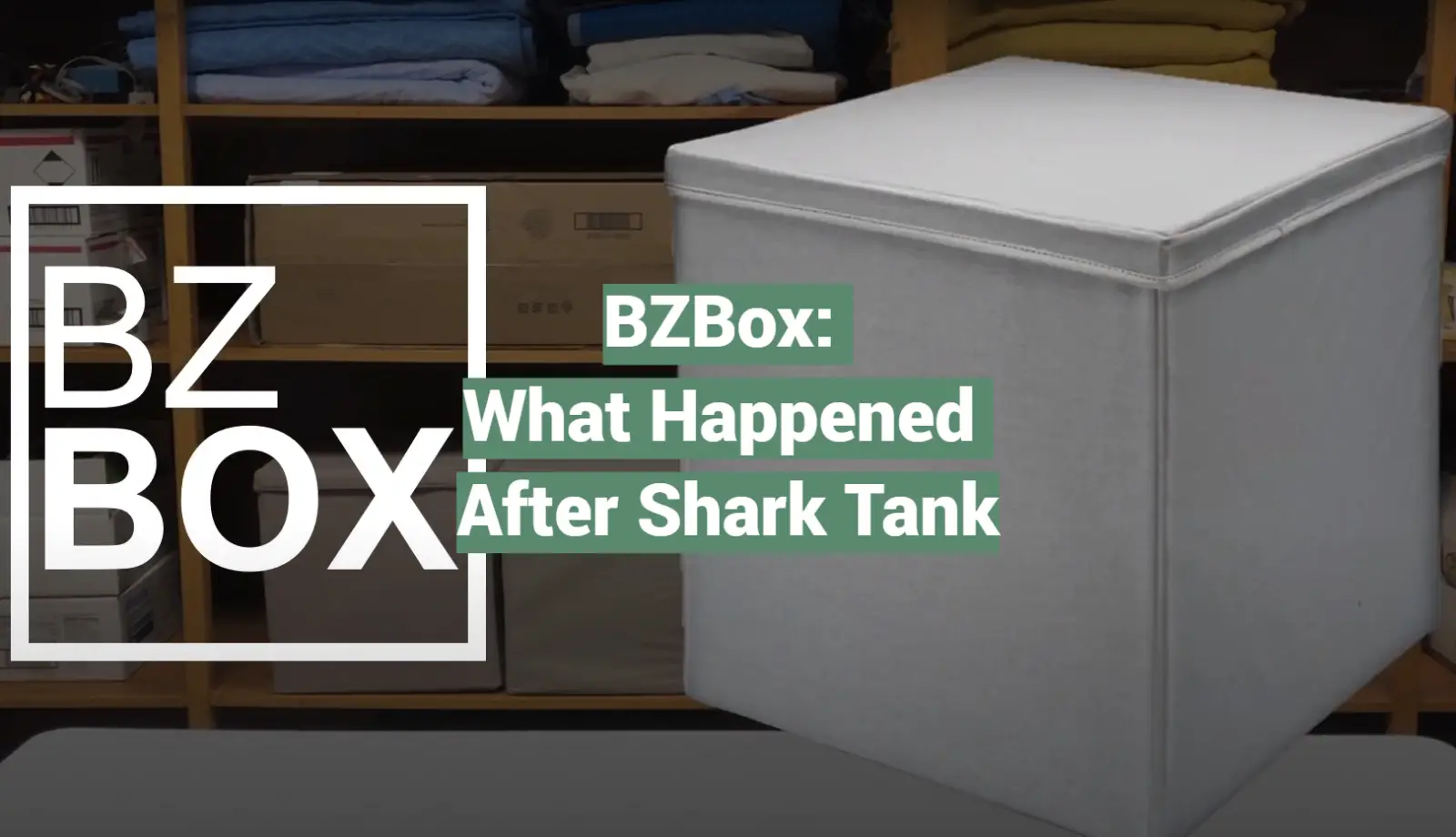


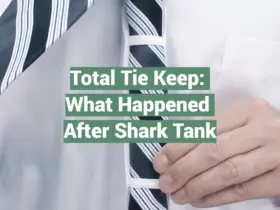
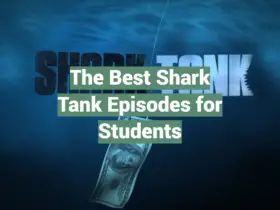
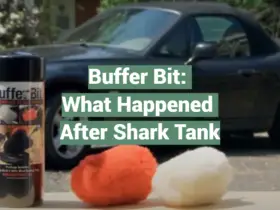


Leave a Reply